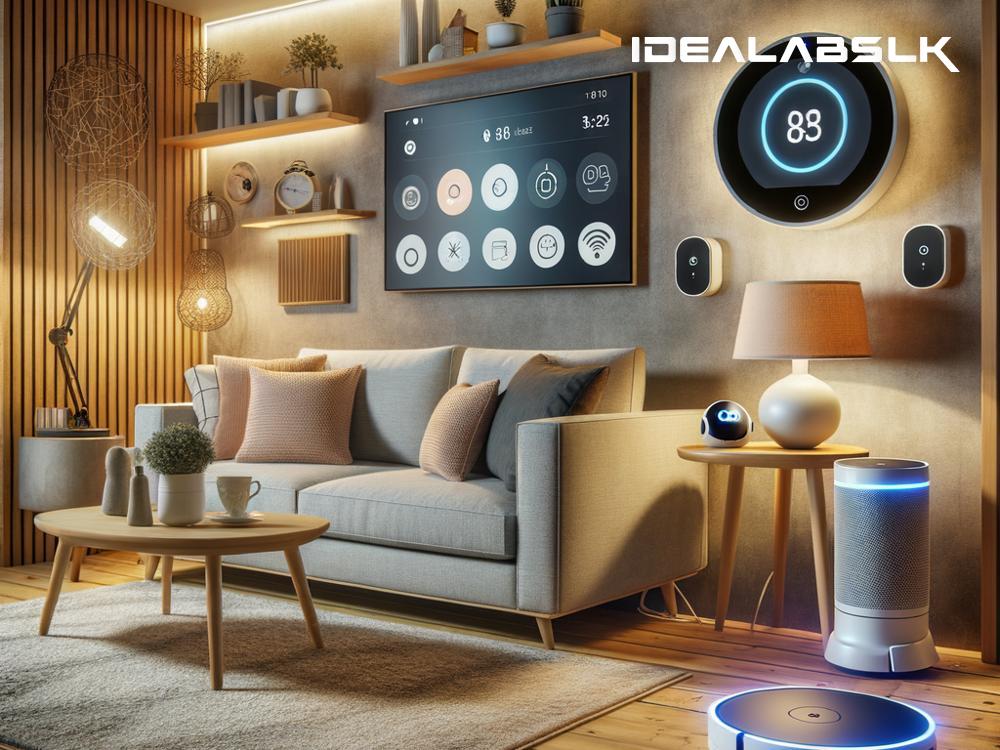The Journey of Home Automation: From Dream to Reality
Imagine walking into your home, and with just a clap or a simple voice command, the lights turn on, your favorite music starts playing, and the air conditioner adjusts to your preferred temperature. Not too long ago, this could have been a scene straight out of a science fiction novel. However, today, it's our reality, thanks to home automation technologies. But how did we get here? Let’s take a trip down memory lane and explore the origins of home automation technologies.
The Early Beginnings
The concept of home automation is not as modern as many think. In fact, it dates back to the late 19th and early 20th centuries, with the advent of electricity and the introduction of labor-saving devices like washing machines and refrigerators. These innovations were considered the earliest forms of home automation because they started the trend of using technology to control home environments.
The 1930s to 1960s: A Time of Imagination
During the 1930s to the 1960s, home automation was largely a fantasy, featuring in World Fairs and science fiction stories. Inventors and visionaries imagined homes that could do everything on their own, from cleaning to security. The 1939 New York World's Fair, for example, showcased the "House of Tomorrow," highlighting automatic appliances and air conditioning, sparking the public’s imagination about the future of living.
The 1970s: The Rise of Home Automation
The real turning point for home automation came in the 1970s with the development of the microprocessor. This tiny chip made it possible to control complex processes electronically and was the key to making home automation technology feasible and affordable. One of the first true home automation systems was X10, developed in 1975. It used electrical wiring to communicate signals between devices, allowing homeowners to remotely control lights and appliances. While it was a groundbreaking system, it had its limitations, primarily in reliability and signal interference.
The 1980s and 1990s: Expansion and Improvement
Throughout the 1980s and 1990s, technology continued to evolve. Companies began to introduce more reliable and sophisticated systems that could automate a variety of home functions like security systems, lighting, and heating. These systems, however, were expensive and mainly targeted at luxury homes.
It was also during this time that the concept of the "Smart Home" started to take shape. Innovations in computer technology and the emergence of the internet began to transform the possibilities for home automation, moving towards a more connected and integrated home.
The 2000s to Today: The Age of Accessibility
The breakthrough for home automation came in the 2000s, with the advent of the smartphone and wireless technologies like Wi-Fi and Bluetooth. Suddenly, it became possible to control devices in the home from anywhere, using a smartphone or tablet. Companies like Google and Amazon entered the market, launching smart home devices such as Google Home and Amazon Echo. These devices, equipped with virtual assistants, could control smart gadgets in the home through voice commands.
Today, home automation technologies are no longer reserved for the affluent. They have become more accessible and affordable, allowing anyone to create a smart home. From smart thermostats that learn your heating preferences to security cameras that you can monitor from your phone, the possibilities are endless.
The Future of Home Automation
As we look to the future, it's clear that home automation technologies will continue to evolve. We can expect even more integration between devices, making homes smarter and more energy-efficient. Artificial intelligence and machine learning will play a significant role in this, allowing our homes not just to follow commands, but to anticipate our needs.
Conclusion
The journey of home automation from a dream to reality is a testament to human ingenuity and the relentless pursuit of convenience and efficiency. It reflects our desire to create living spaces that not only shelter us but also adapt to our needs, making our lives easier, safer, and more comfortable. As we move forward, who knows what the future holds for home automation? One thing is for sure, though; it's bound to be exciting.
The evolution of home automation technologies shows how far we've come, from simple machines to intelligent systems that can control almost every aspect of our homes. It's a fascinating journey that’s far from over, and one can only imagine what innovations the future will bring.

